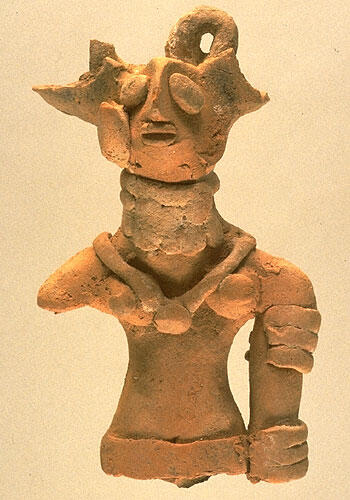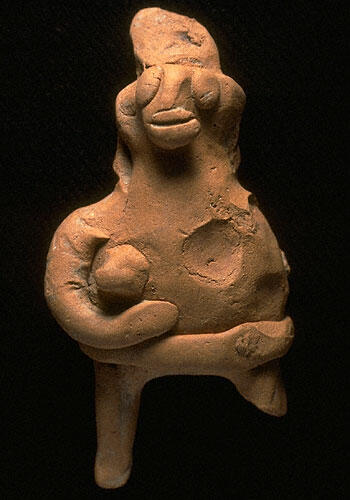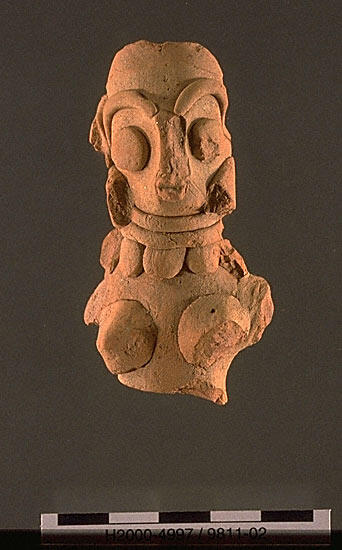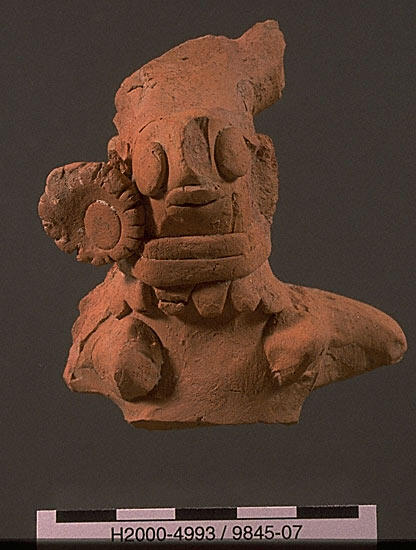February 16th, 2016
"Early Harappans used the plow and oxcart; indeed all their basic crafts were well-developed. In practical respects, South Asia villages have changed little until very recently. We can probably expect the same to be true of religion, since folk religion in all cultures is notably conservative. Speaking of Gujarat, a nineteenth-century scholar noted: 'Every village has its own special guardian mother, called Mata or Amba' - some 140 different 'mothers' in all. 'Generally there is also a male deity, who protects like the female from all adverse and demoniacal influences. But the mother is the favorite object of adoration' (Monier-Williams 1885:222). The same held true in India at large, not least in the Dravidian-speaking south India. In every village the mother goddess personified the place and its soil, out of which her cult images were made by the local potter. She was prayed to for blessings such as children, good health, and animals, but also feared, for she could bring about terrible calamities such as a pestilence, if she were neglected or angered." (Asko Parpola, The Roots of Hinduism, p. 175).
Images of Female Figurines found at Harappa. 1. One female figurine has a choker, a necklace, and bangles on the left upper and lower arm, all painted white. The white bangles may represent shell bangles. 2. "Fat" female figurines holding infants at her breast. 3. Female figurine (H2000-4997/9811-02) from Trench 43. 4. Female figurine (H2000-4993/9845-07) from Trench 43.
More at https://www.harappa.com/slideshows/latest-discoveries-harappa-1995-2000








